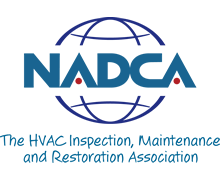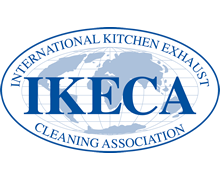NFPA® 96
Standard for Ventilation Control and Fire Protection of Commercial Cooking Operations
NFPA® 96 is a standard that provides the minimum fire safety requirements (preventative and operative) related to the de- sign, installation, operation, inspection, and maintenance of all public and private cooking operations.
Recommended Hood Cleaning Frequency Chart:
30 days: Wood-burning or charcoal-burning stoves, char broilers, 24-hour restaurants, some hamburger establishments
60 days: Most hamburger establishments and fast-food locations
90 days: Most restaurants and cafeterias, hotels and hospital kitchens
180 days: Pizza establishments, convalescent hospitals, small snack bars, oven hood
360 days:Hoods over non-grease-creating appliances (e.g. steam kettles, dishwashers, soup vats, etc.)
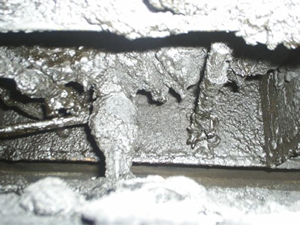
Plenum area of a hood. The fire-extinguishing system link and nozzle are covered with grease from Asian cooking.
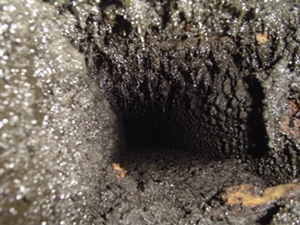
Grease accumulation from gas char broiler (predominantly hamburger cooking) in a horizontal section of ducting.
Commercial Kitchen Fires
Grease vapor accumulation is one of the most serious hazards to a commercial cooking area. Proper management of this hazard, a very achievable task, would greatly reduce the risk of more serious fires.
During cooking, oils and fats change from a solid or semi- solid state into a liquid form. They then atomize and form grease laden vapors, or drain off in the form of altered oils. These grease vapors contain water molecules in the form of steam, mixed with evaporated fats and oils. Particles of this mixture are called aerosols. These aerosols are carried from the cooking surface into the hood by the negative pressure created by the ventilation system and thermal currents created by cooking appliances. This generates a plume or rising cloud of grease and smoke.
The higher the cooking surface temperature becomes, the more grease is transformed into a vapor state. As this vapor cools, it condenses or returns to a solid state (although chemically altered). This grease residue (altered oils) is combustible. Its ignition temperatures are slightly below the average ignition temperature of the original cooking oil. So, instead of exhausting the grease hazard, the exhaust system actually becomes a fire hazard.
The combination of various appliances, different food products and the ways in which they are cooked will produce an array of grease residues.
An inspector needs to encourage restaurant to fulfill their NFPA 96 responsibility to stay on a regular cleaning schedule, so that the buildup does not become too great.
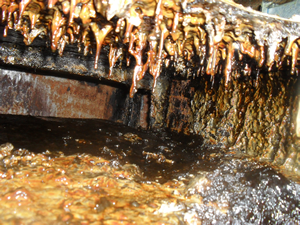
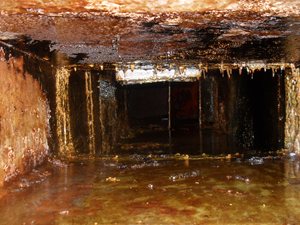
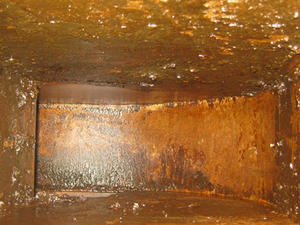
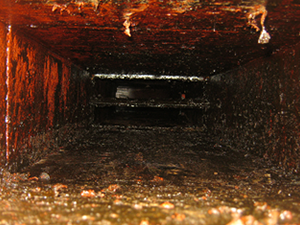
SEXTANT MARINE CONSULTING IS A PROUD MEMBER OF NADCA AND IKECA
